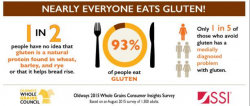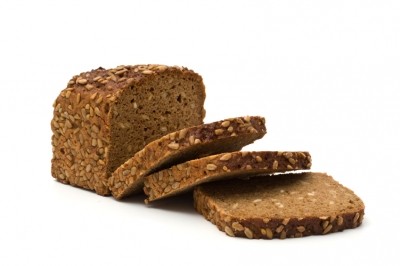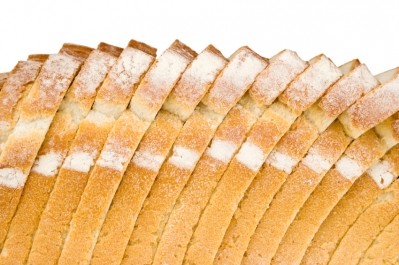Assessing whole grains consumption: Part 2
Consumer confusion about gluten is a double-edge sword for whole grains

The survey of 1,500 adults conducted in August found 34% of respondents said they avoid gluten, but only 7% said they do so consistently. And of these, only one in five has a medically diagnosed problem with gluten, which translates to a mere 1.5% of survey respondents who have a medical reason to always buy gluten free products.
Conversely, 67% of consumers do not avoid gluten and 27% said they were cutting back, but still eat it. This means a whopping 93% of consumers eat gluten at least sometimes.
“The take away for manufacturers is that even though the gluten free river is wide, it is relatively shallow, and that there are a lot of people who talk about not eating gluten, but still do,” said Cynthia Harriman, director of food and nutrition strategies at Oldways Whole Grains Council.
She explained, a major source of the contradiction is not that consumers are fickle, but rather that many do not fully understand what gluten is, what it does and where to find it.
The survey found only one in three respondents knew gluten was a protein and one in five knew it helps dough rise. Others incorrectly thought it was an unnatural additive, a genetically modified organism or toxic substance, Harriman said.
Despite the confusion, products making gluten free claims have proliferated in recent years – creating a trend that cuts both ways for whole grains.
On one hand, the trend has opened the door for lesser known and ancient grains to be used as potential gluten-free alternatives to gluten containing wheat, barley and rye. But on the other hand, it has caused some consumers to turn fully away from all grains – even those that do not have gluten.
Indeed, the study found 21% of respondents incorrectly think gluten is in all grain.
“That is the other take away from the findings for manufacturers: They need to remind consumers that gluten-free doesn’t mean grain free and that most grains are naturally gluten-free,” Harriman said.
Even people strictly following a gluten-free diet can enjoy amaranth, buckwheat, corn, millet, oats, quinoa, rice, sorghum, teff and wild rice, she said – adding this is a message that needs to be better communicated to consumers.
Doubt cast on size of gluten free market
The consumer confusion revealed in the Oldways survey mirrors that of other recent surveys which called into question the actual size of the gluten free market.
Unlike the true definition of gluten, the answer to how large is the gluten free market is complicated.
If the market is limited to only gluten-free products specifically formulated to replace typical gluten containing products, like bread, cookies and pizza, the market was worth about $1.2 billion in 2013, a researcher recently told FoodNavigator-USA.
But, if it includes everything with a gluten-free label then the retail market was worth closer to $10.5 billion in 2013 by Mintel’s calculations.






















